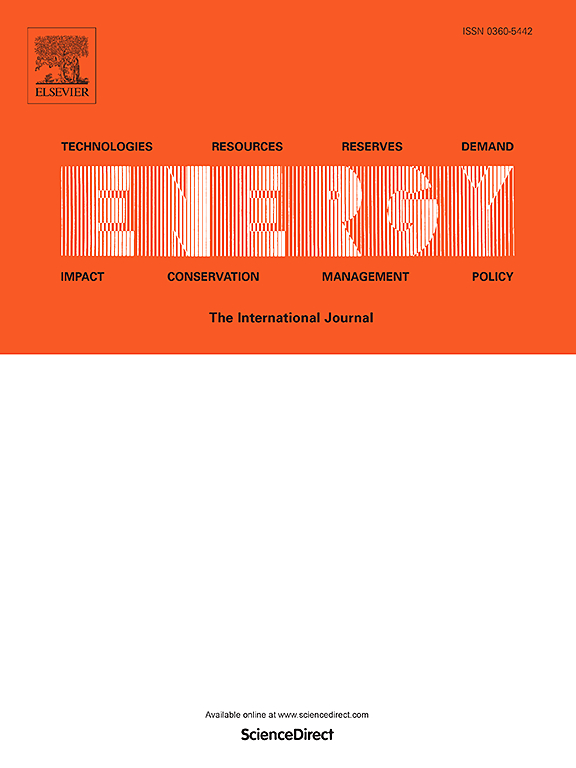KOH activation increased biochar's capacity to regulate electron transfer and promote methanogenesis
IF 9
1区 工程技术
Q1 ENERGY & FUELS
引用次数: 0
Abstract
Accelerating direct interspecies electron transfer (DIET) between syntrophic partners can boost methanogenesis. Although biochar can promote DIET, low specific surface area (SSA) and electron transfer capacity (ETC) limit its application. KOH activation can improve SSA and ETC of biochar and its effectiveness in methanogenesis, yet the related methanogenic mechanism remains unclear, particularly for association between the KOH-activated biochar's properties and microbes. Herein, three biochars produced at 300, 500 and 800 °C were used to generate the corresponding KOH-activated biochars via a sequential carbonization and KOH activation procedure (CKAP) at 800 °C, which were labeled as CKAP300, CKAP500 and CKAP800, respectively. The effectiveness of KOH activation relied on the biochar type, exhibiting an increase of 92–1532 times in SSA and 11–22 % in graphitization degree. The KOH-activated biochar outperformed the pristine biochar in promoting methanogenesis, with a maximum increase of 75 % in methane yield and 3.1 times in maximum methane production rate (Rm). CKAP800 enhanced methane yield by 12 % and Rm by 29 % compared to CKAP300 and CKAP500, possibly due to the facts that high SSA facilitated the attachment and interaction of DIET partners (Treponema and Methanosaeta), and that high graphitization degree, c-type cytochrome and C-O groups promoted the DIET-based syntrophic metabolism.

求助全文
约1分钟内获得全文
求助全文
来源期刊

Energy
工程技术-能源与燃料
CiteScore
15.30
自引率
14.40%
发文量
0
审稿时长
14.2 weeks
期刊介绍:
Energy is a multidisciplinary, international journal that publishes research and analysis in the field of energy engineering. Our aim is to become a leading peer-reviewed platform and a trusted source of information for energy-related topics.
The journal covers a range of areas including mechanical engineering, thermal sciences, and energy analysis. We are particularly interested in research on energy modelling, prediction, integrated energy systems, planning, and management.
Additionally, we welcome papers on energy conservation, efficiency, biomass and bioenergy, renewable energy, electricity supply and demand, energy storage, buildings, and economic and policy issues. These topics should align with our broader multidisciplinary focus.
 求助内容:
求助内容: 应助结果提醒方式:
应助结果提醒方式:


